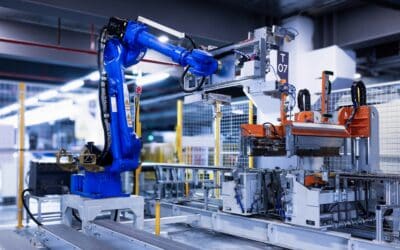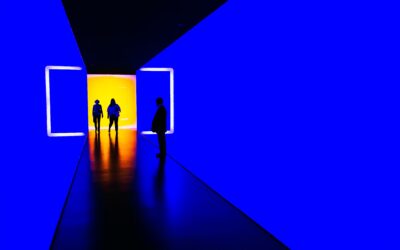Machine vision describes the ability of a computer to perceive its surroundings. This facilitates industrial processes and reduces the workload. Machine vision is therefore used in a variety of industrial processes. Object or pattern recognition, analysis of electronic components as well as material and quality inspection represent only a few sub-areas in which successful application is possible.
A promising technology – but implementing a machine vision system is easier said than done. There are still significant discrepancies between companies’ expectations regarding machine vision and reality.
Expectation: Machine Vision can be implemented quickly.
Reality: The installation of a machine vision system and the commissioning is not very time-consuming. Normally, the system is ready for operation within one hour. However, the foundation of a successful introduction of machine vision is careful planning. There are many suppliers on the machine vision market, each offering a defined application spectrums tailored to specific requirements. After determining the appropriate provider, the feasibility of the project must be examined.
In some cases, just collecting the data needed to implement the system can be a lengthy process. Organisations need to take this into account when planning and schedule at least a year’s lead time. Careful planning is worthwhile because a machine vision system is an investment in the future.
Expectation: A sufficient infrastructure is expected for the implementation.
Reality: Machine vision is a very complex system that extracts, displays and processes a large amount of data. The system runs in real time and requires fast reaction times. To implement machine vision, it is therefore necessary to have the computing power to process the volume of data at sufficient speed. Manufacturers use the appropriate hardware and software to achieve the required computing power. Most suppliers include all the necessary components in the scope of delivery. The system then runs smoothly via Power of Ethernet (PoE).
Expectation: Once implemented, Machine Vision works without problems.
Reality: Changes in lighting, colour changes and a change in the field of view have a negative impact on image recognition. Even a slight change in parts, such as a colour change, makes recognition difficult. A changing environment also affects system performance. Even a small change in the field of view of the robot or machine vision system can lead to erroneous results. High temperature also negatively affects detection: because temperatures above 65 degrees lead to increased noise in the images. This phenomenon can be avoided by using sufficiently bright lighting. In addition, metallic components expand or contract with strong temperature fluctuations.
As a result, they no longer match the dimensions of the CAD models entered in the system. This leads to errors in image recognition. When used in industrial production, regular maintenance is also important. If dust, dirt, vapour or liquid settles on the lens of the machine vision system, less light reaches the sensor and thus distorts the image recognition. This can be counteracted by adjusting the light intensity or software accordingly.
Expectation: Machine Vision is only hype.
Reality: Accelerated through the Corona crisis the digitalization is taking over, forcing companies to advance. The pandemic is causing entire markets to undergo a change of perspective. Companies can no longer avoid automation. So why not take the first step today?



